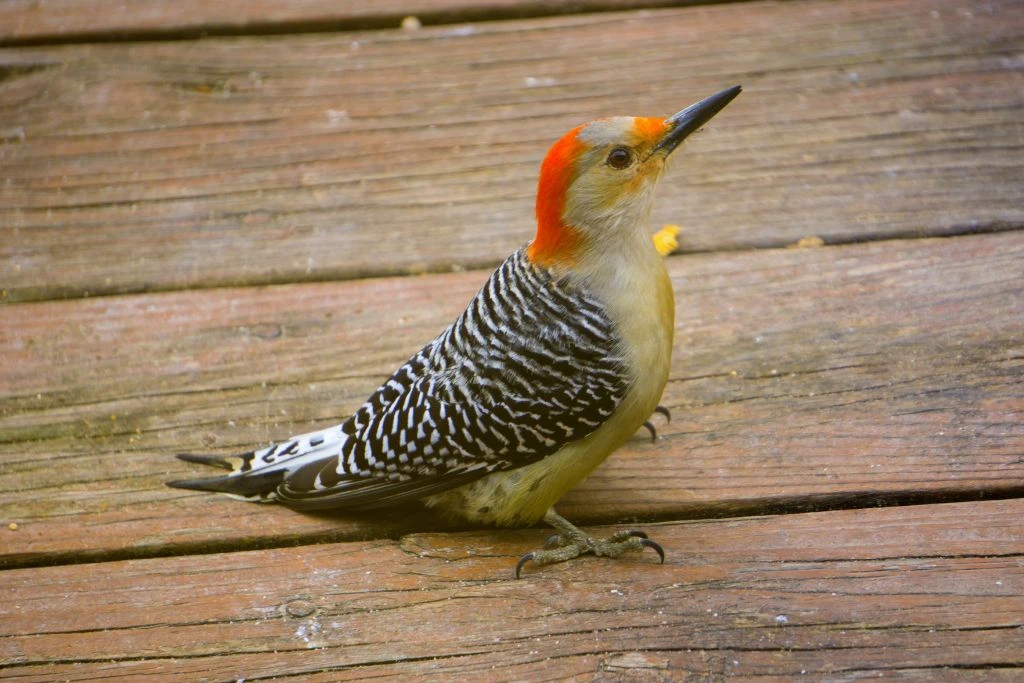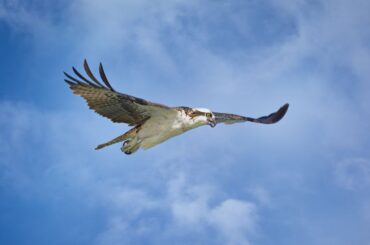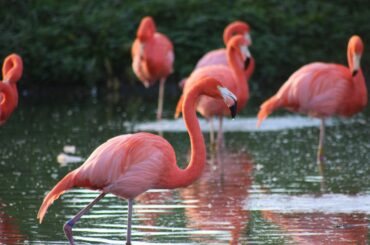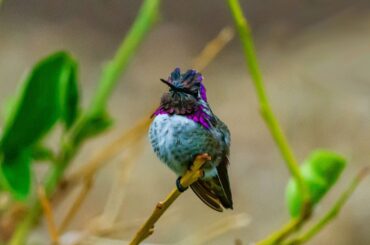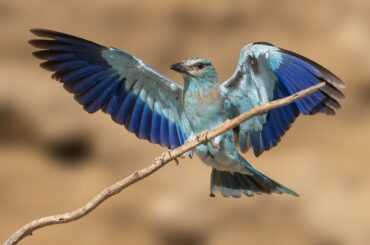Discover why woodpeckers are essential to Florida’s delicate ecosystems and marvel at their unique behavior and adaptations. Keep reading this article as we explore the captivating world of Woodpeckers in Florida!
From the Picidae family, woodpeckers are remarkable birds known for their signature pecking and drumming on trees. They have steered engineers to create shock-absorption systems found in many man-made items!
They have strong, pointed beaks that can get into tight spaces easily because of their tongue and sticky saliva. This helps them catch their prey quickly. Another exciting thing about them is that their heads are built to withstand the substantial impacts of their drumming.
If you’re interested in spotting some of Florida’s captivating birds, below is a compilation of the typical woodpecker species in the region.
1. Red-Bellied Woodpecker
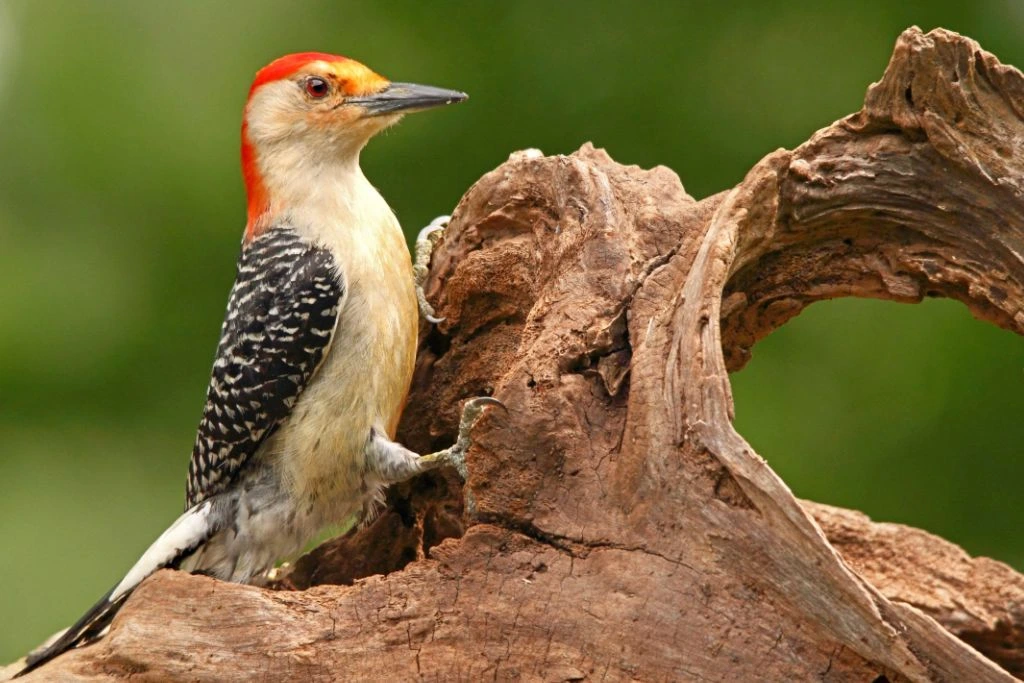
- Kingdom: Animalia
- Phylum: Chordata
- Class: Aves
- Order: Piciformes
- Genus: Melanerpes
- Species: Melanerpes carolinus
The Red-Bellied Woodpecker (Melanerpes carolinus) is medium-sized and has a unique and noticeable appearance with black and white stripes on its back and a bright red cap.
Male birds have a red cap that covers the area from the bill to the neck, while females only have a red cap on the back of their neck.
Red-Bellied Woodpeckers occasionally engage in “kleptoparasitism,” raiding the food caches of other birds or even stealing food directly from the beaks of other birds.
The Red-Bellied Woodpecker is a bird with remarkable vocal skills, making various sounds, such as a loud and distinct call or drumming on trees and other objects.
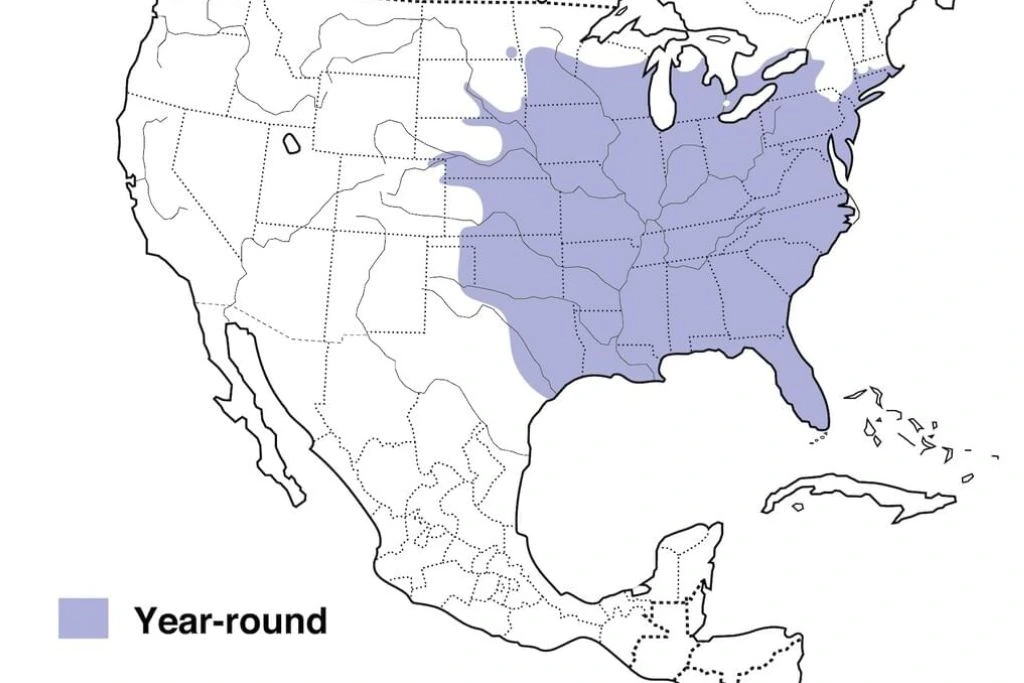
2. Red-Headed Woodpecker
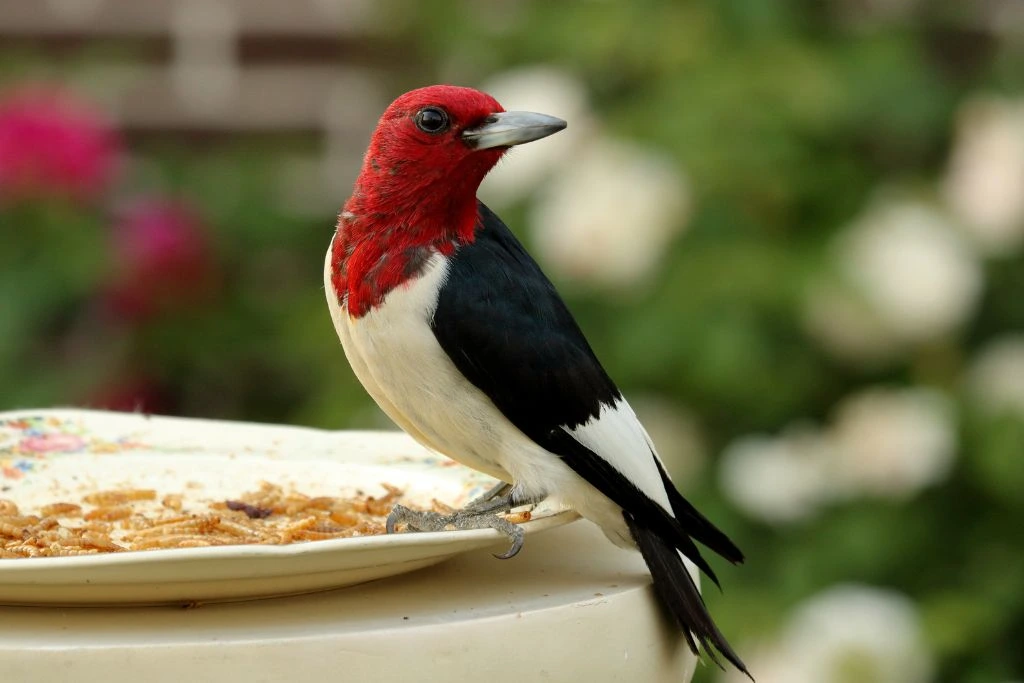
- Kingdom: Animalia
- Phylum: Chordata
- Class: Aves
- Order: Piciformes
- Genus: Melanerpes
- Species: Melanerpes erthrocephalus
The Red-Headed Woodpecker (Melanerpes erthrocephalus) is an easily recognizable and captivating bird species, thanks to its striking redhead, contrasting with its bold black and white plumage.
The Red-Headed Woodpecker’s strikingly patterned feathers have earned it the nickname “flying checkerboard.” This species is notorious for its territorial aggression, frequently asserting dominance over other birds, even those of a larger woodpecker variety, and fiercely protecting its territory, including bird feeders.
Unlike many other woodpecker species that rely primarily on their pecking sounds, Red-Headed Woodpeckers are quite vocal, emitting a raspy “churr” call.
Red-Headed Woodpeckers are known for their hoarding behavior, storing away food in tree cavities for future consumption, which is beneficial for them during peak winter months.
Despite their adaptability, the Red-Headed Woodpecker population has experienced a decline in recent years, mainly due to habitat loss and changing environmental conditions. They are listed as “Near Threatened” on the IUCN Red List.
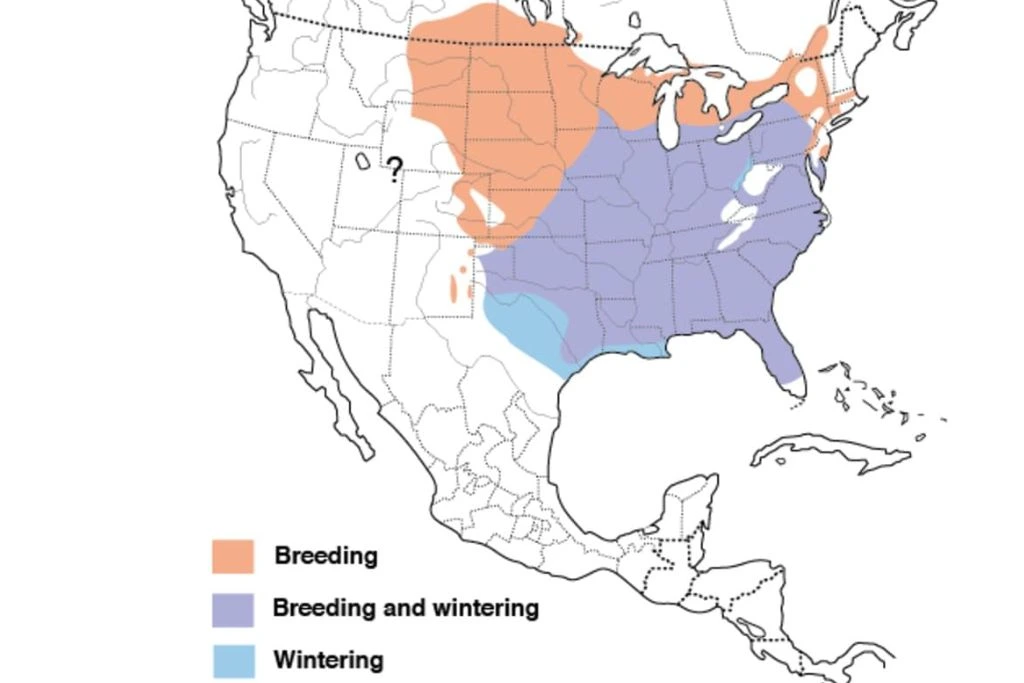
3. Downy Woodpecker
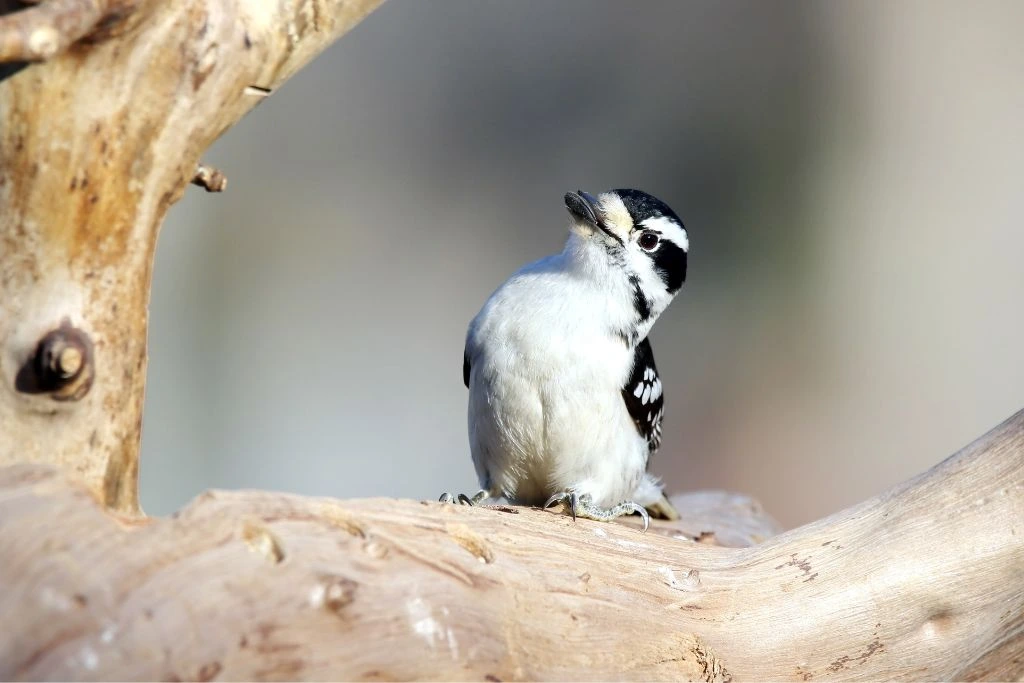
- Kingdom: Animalia
- Phylum: Chordata
- Class: Aves
- Order: Piciformes
- Genus: Dryobates
- Species: Dryobates pubescens
One of the fantastic characteristics of the Downy Woodpecker’s (Dryobates pubescens) drumming, it serves various purposes: attracting mates, declaring territory, or communicating. The drumming can be up to 20 beats per second, and their frequency may change depending on the type of tree or material they are drumming.
Unlike some large woodpeckers in Florida, the Downy Woodpecker is not considered a significant threat to houses or property. It rarely causes damage to structures and is often welcomed at backyard bird feeders, where it frequents suet cakes and occasionally sunflower seeds.
Woodpeckers can flourish in various habitats, such as open and mixed deciduous-coniferous forests, residential areas with many trees, and urban parks. This is due to their highly varied diet that includes insects, seeds, suet, and even fruit, allowing them to survive across multiple regions.
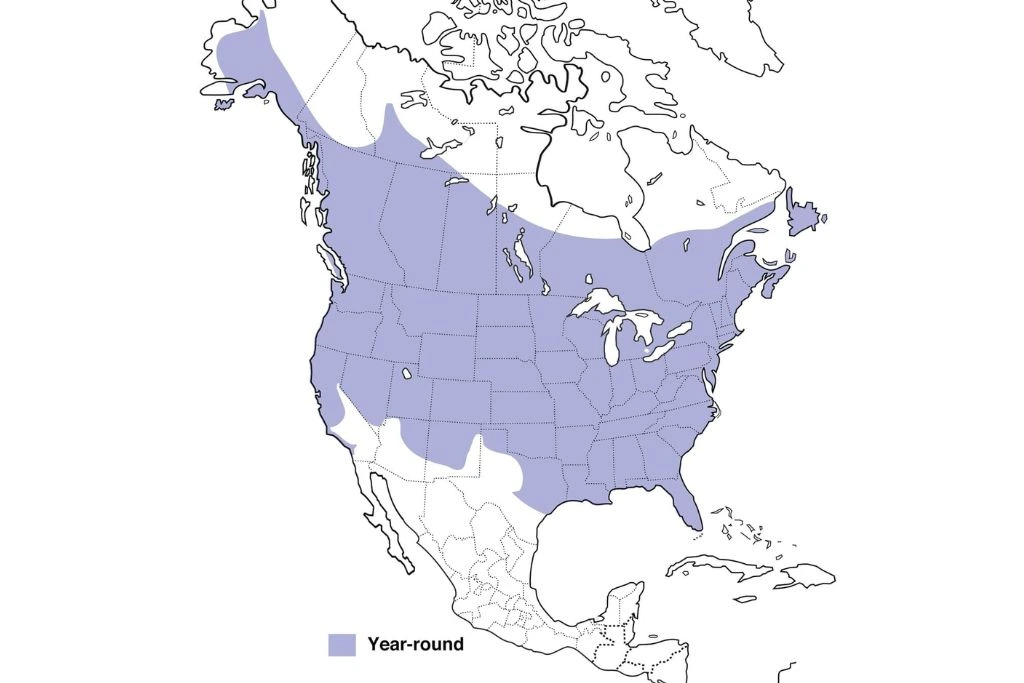
4. Hairy Woodpecker
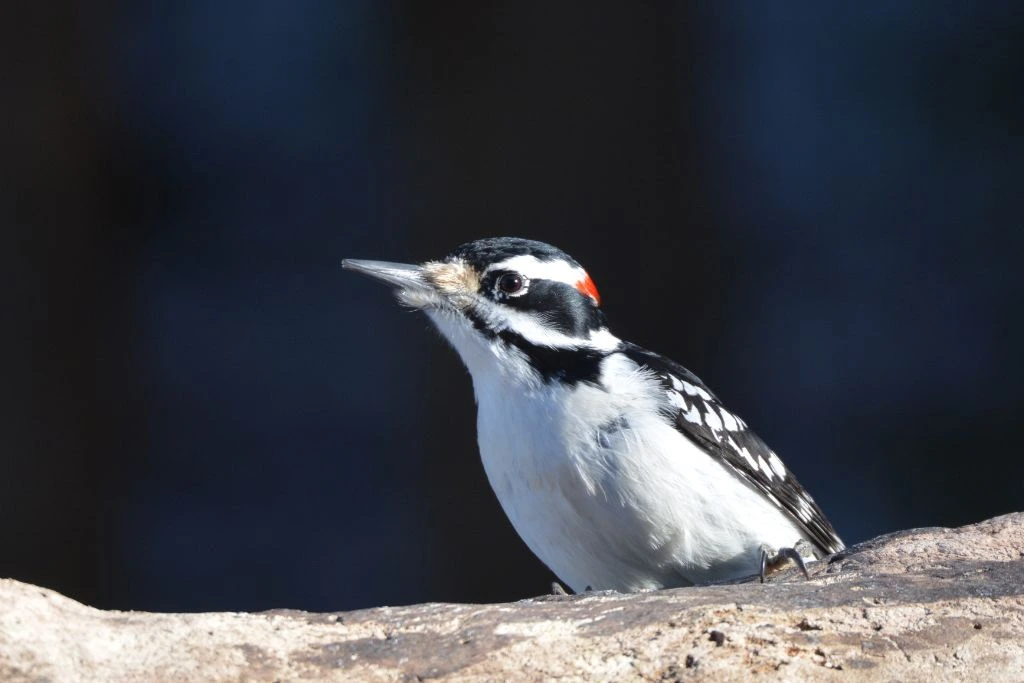
- Kingdom: Animalia
- Phylum: Chordata
- Class: Aves
- Order: Piciformes
- Genus: Leuconotopicus
- Species: Leuconotopicus villosus
The Hairy Woodpecker (Leuconotopicus villosus) is a medium-sized bird. Its plumage is predominantly black and white with striking patterns. The male Hairy Woodpecker can be distinguished from the female by having a red patch on its head.
Their sharp, pointed beak, with chisel-like tips and sturdy legs, equipped with strong, sharp claws prove their most reliable tools for pecking and climbing.
They possess an impressive ability to hear, which helps them to find insects hiding underneath tree bark. They are essential in keeping pests at bay by eating many wood-boring insects, like the Emerald Ash Borer that invade trees.
Their drumming serves multiple purposes, such as defining territory, attracting a mate, and communicating with other woodpeckers.
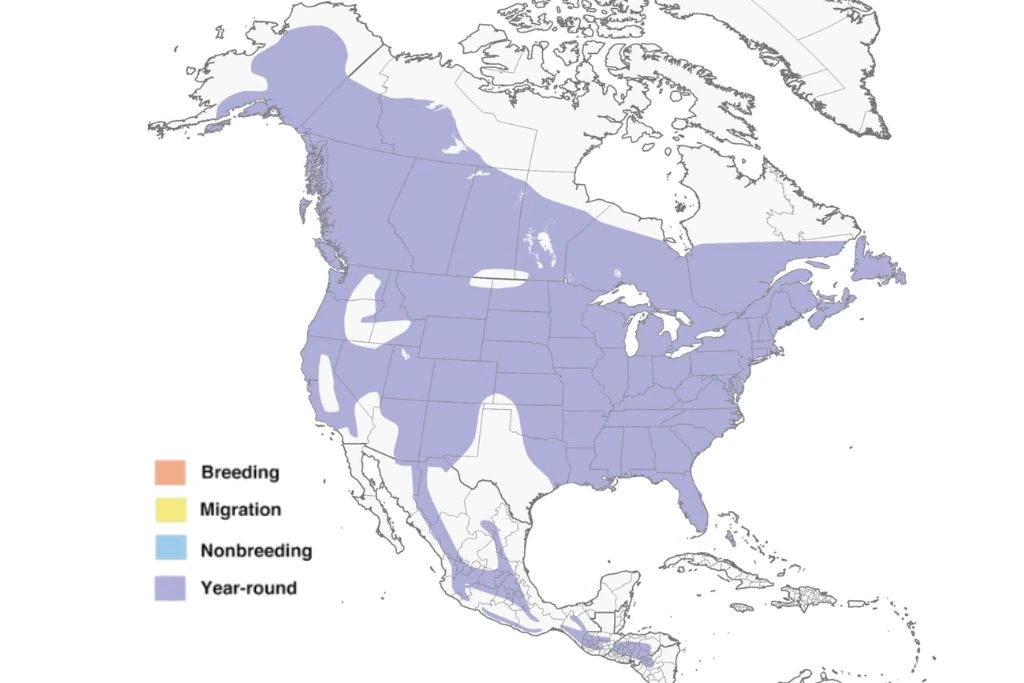
5. Yellow-Bellied Sapsucker
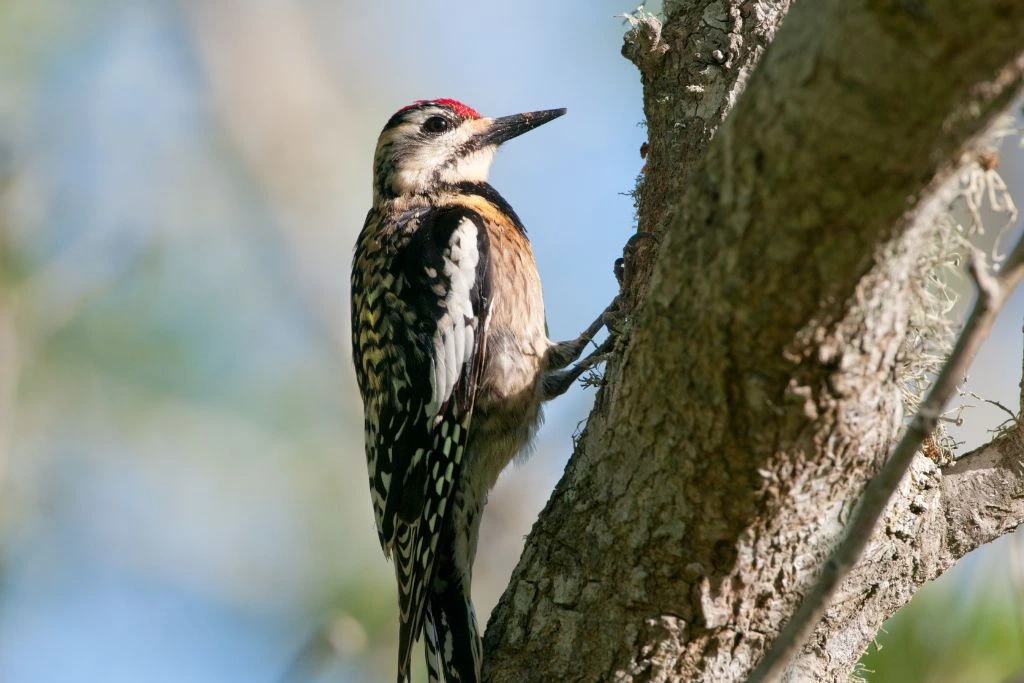
- Kingdom: Animalia
- Phylum: Chordata
- Class: Aves
- Order: Piciformes
- Genus: Sphyrapicus
- Species: Sphyrapicus varius
The Yellow-Bellied Sapsucker (Sphyrapicus varius) is a remarkable species of medium-sized woodpeckers with distinctive morphology and coloration. The bird flaunts striking black and white stripes on its head, wings, and tail, which starkly contrasts with its olive-yellow breast and belly.
Male adults of this species have a stunning red patch on their forehead and throat, while females display red only on their forehead.
When the hatchlings are born, they are blind and vulnerable, depending on their parents for food and care. Both parents share the responsibilities of feeding and safeguarding the young birds that are ready to fly independently between 25 to 30 days after hatching.
Yellow-Bellied Sapsuckers are critical agents of pollination and seed dispersal for various trees, flowers, and shrubberies in their habitat. They are also considered keystone species responsible for maintaining their forest ecosystems’ overall health and diversity.
While sapsuckers primarily feed on sap and insects, their diet diversifies during summer, including berries and fruits, providing essential nutrition during breeding.
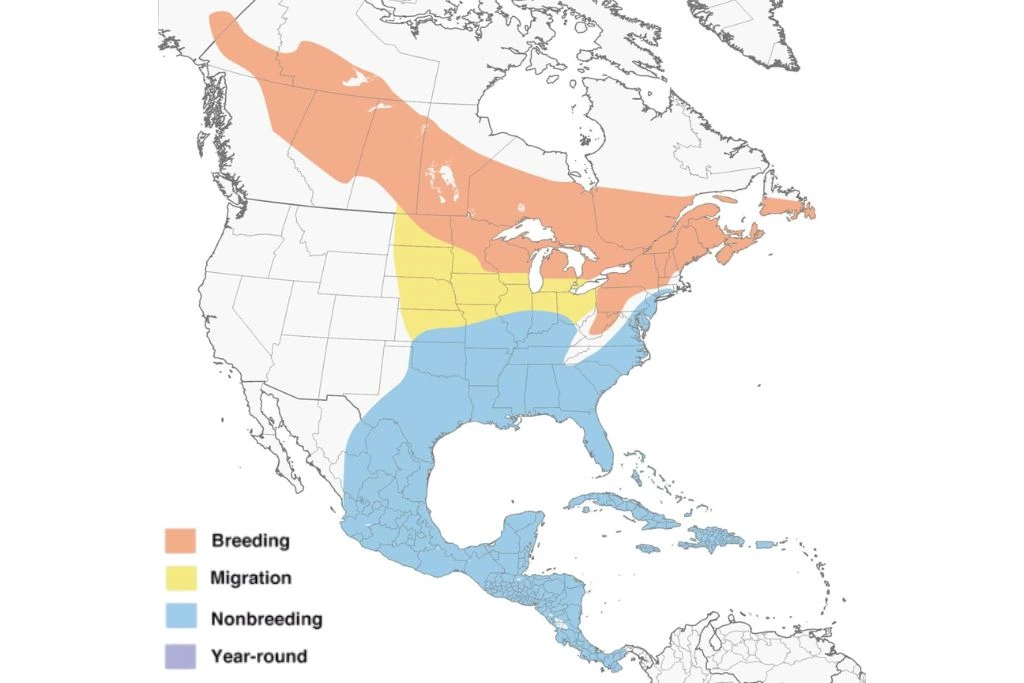
6. Williamson’s Sapsucker
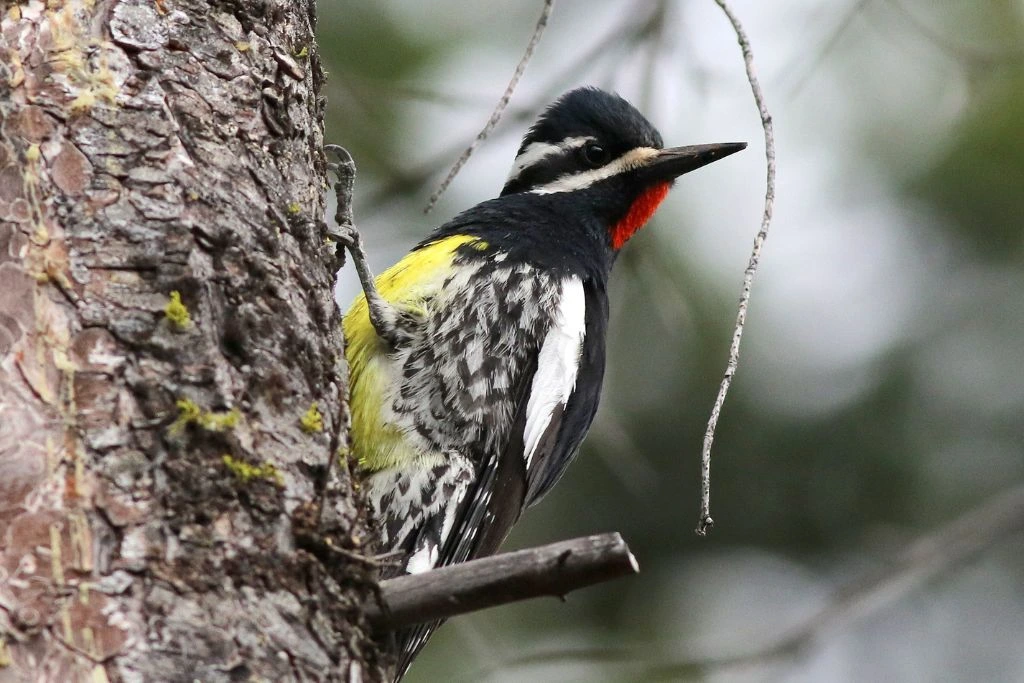
- Kingdom: Animalia
- Phylum: Chordata
- Class: Aves
- Order: Piciformes
- Genus: Sphyrapicus
- Species: Sphyrapicus thyroideus
One of the most interesting facts about Williamson’s Sapsucker (Sphyrapicus thyroideus) is that they have unique feeding habits. It involves drilling small holes called sap wells into the bark of trees, such as pine trees, firs, and aspens, to release sap and attract insects, which they skillfully consume with their long, specialized tongues.
These birds play an essential role in their ecosystem by excavating nesting cavities that later serve as shelter and nesting sites for various other bird species, such as nuthatches, chickadees, and bluebirds, making the Williamson’s Sapsucker a critical member of their woodland community.
Unlike other woodpecker species, Williamson’s Sapsuckers do not use their drumming skills to locate insects beneath tree bark; their drumming is primarily restricted to courtship and territorial displays.
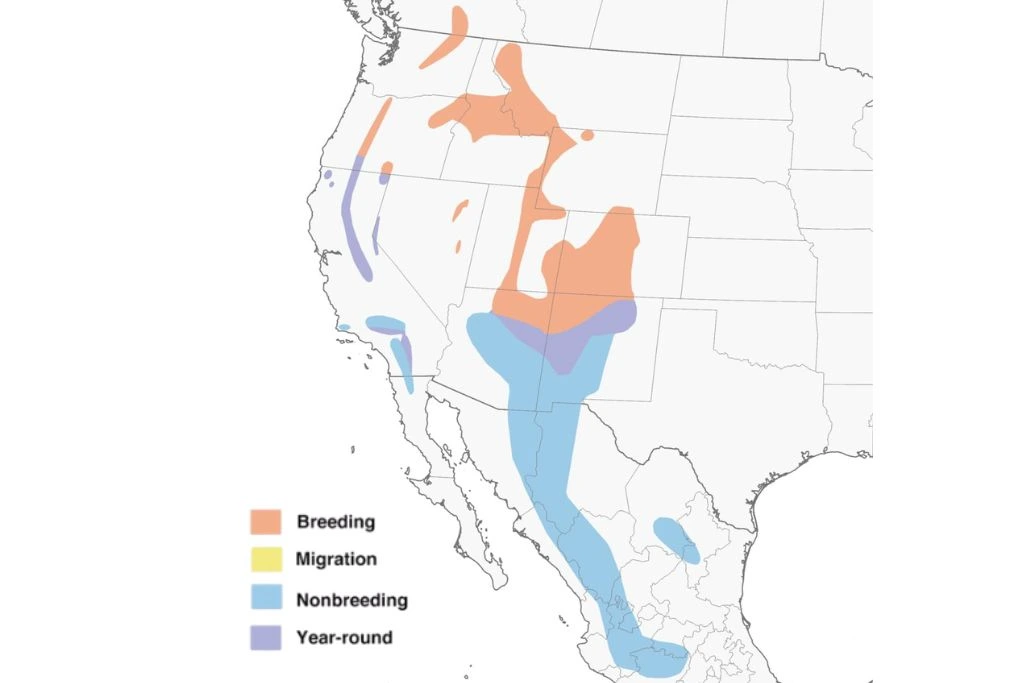
7. Red-Cockaded Woodpecker
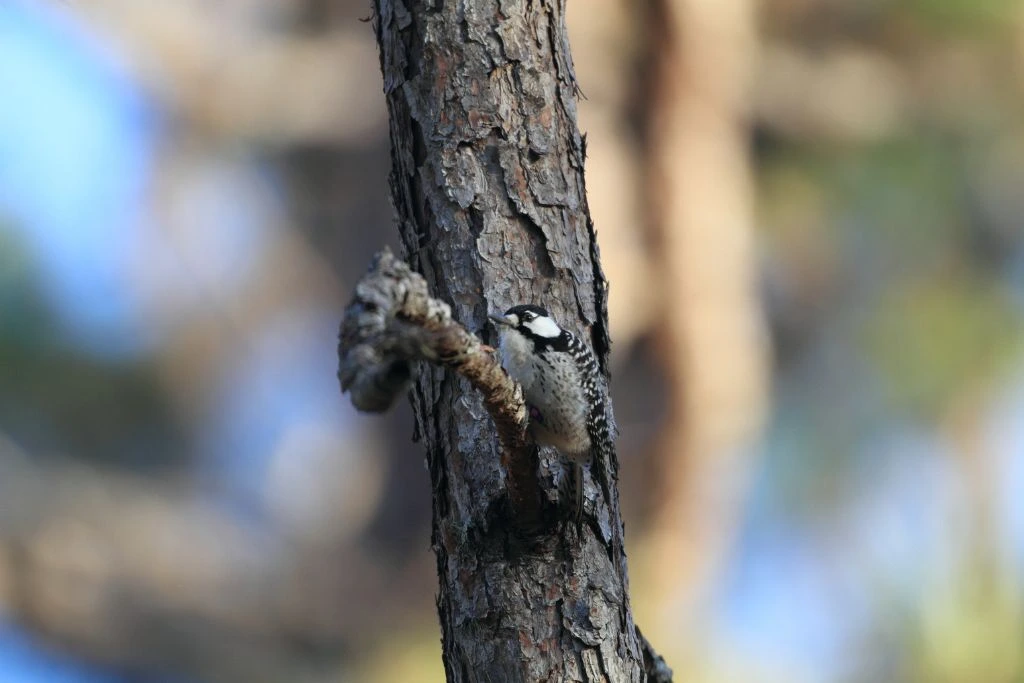
- Kingdom: Animalia
- Phylum: Chordata
- Class: Aves
- Order: Piciformes
- Genus: Leoconotopicus
- Species: Leoconotopicus borealis
The Red-Cockaded Woodpecker(Leoconotopicus borealis) is medium-sized, approximately 8.3 inches long, and 1.8 to 1.9 ounces in weight. Its standard colors are black and white, adorned with horizontal stripes and large white cheek patches.
The Red-Cockaded Woodpecker is a cooperative breeder, meaning that the breeding pairs are usually assisted by “helpers,” mainly male offspring from previous years. The helpers contribute to incubation, feeding, and nest defense, thereby increasing the breeding success of the group.
These woodpeckers are known to be among the few bird species that exhibit “helpers at the nest” behavior, where non-breeding individuals assist breeding pairs.
Preserving the Red-Cockaded Woodpecker’s preferred habitat, the mature pine forests’ ecosystem helps support several other endangered species like the gopher tortoise and the indigo snake.
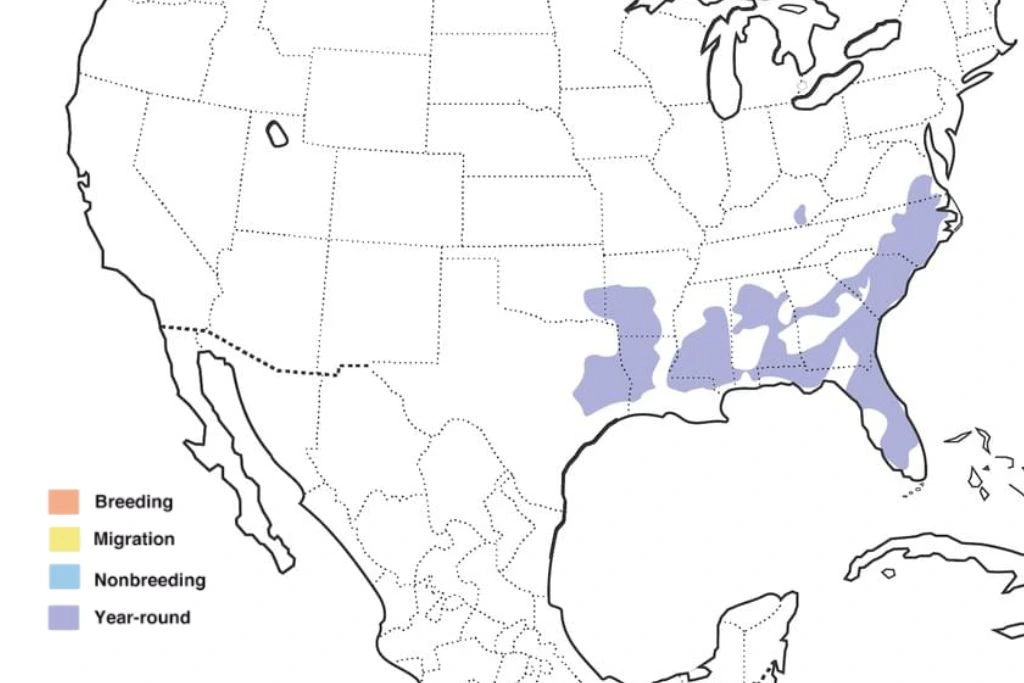
8. Pileated Woodpecker
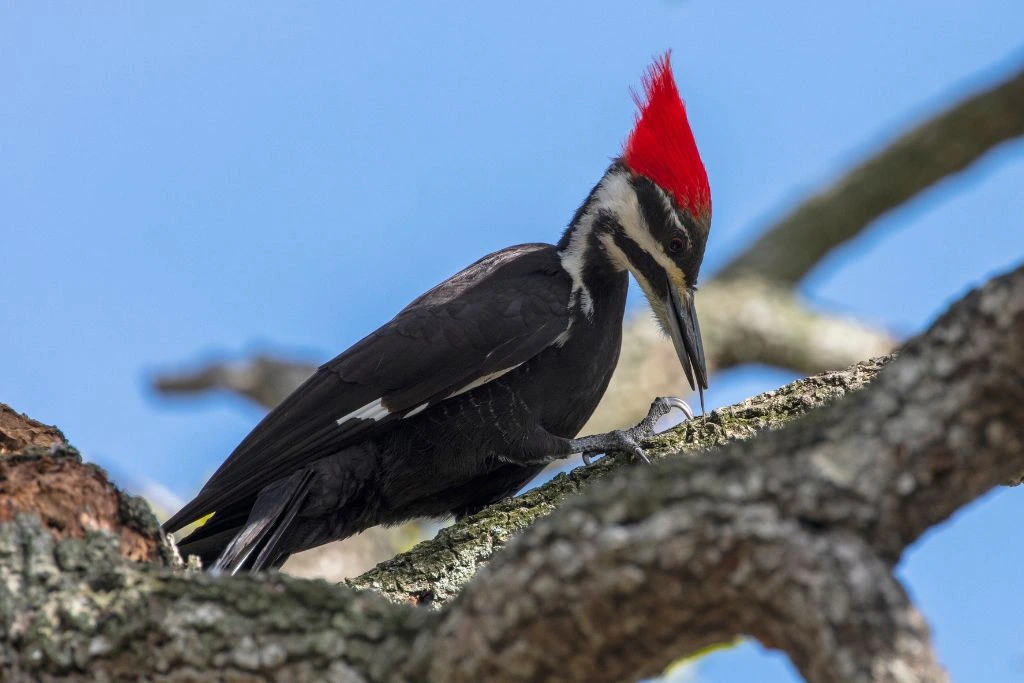
- Kingdom: Animalia
- Phylum: Chordata
- Class: Aves
- Order: Piciformes
- Genus: Dryocopus
- Species: Dryocopus pileatus
The Pileated Woodpecker (Dryocopus pileatus) is one of the largest woodpeckers in North America, second only to the Ivory-billed Woodpecker. Its length ranges from 16-19 inches (40-48 cm), and a wingspan of 26-30 inches (66-75 cm).
Pileated Woodpeckers have adapted well to their surroundings, with specialized features aiding them in navigating their environment. Their zygodactyl feet, which possess two toes pointing forward and two backward, help them easily cling to tree trunks and branches.
These woodpeckers usually eat feed on insects, carpenter ants, termites, and beetle larvae. Also, eat fruits, nuts, berries, and occasionally sap from sapsucker wells.
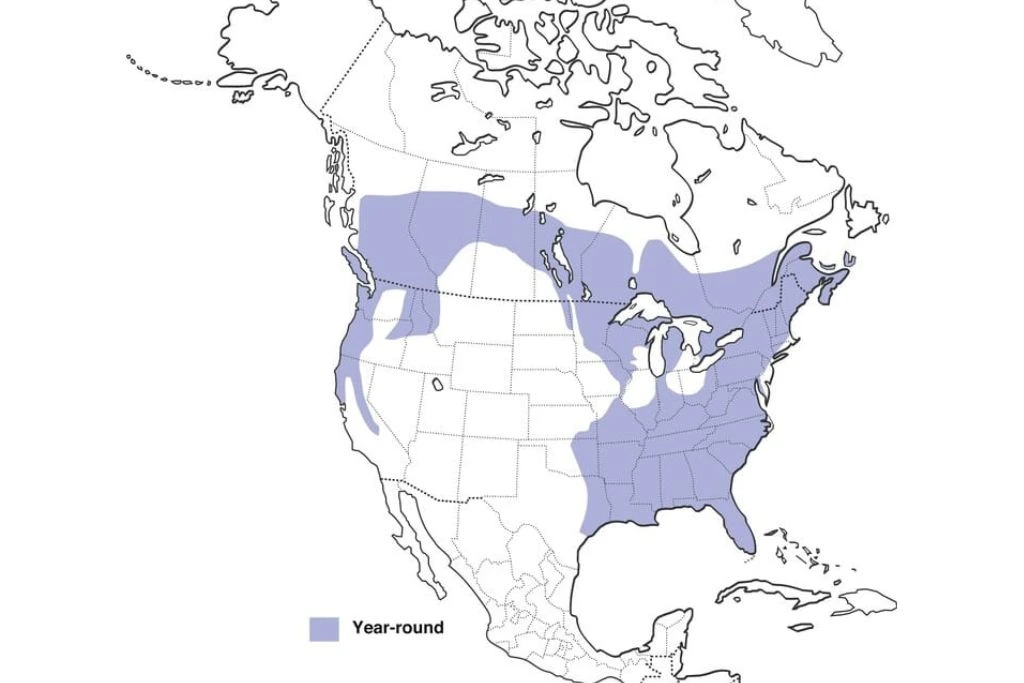
9. Northern Flicker
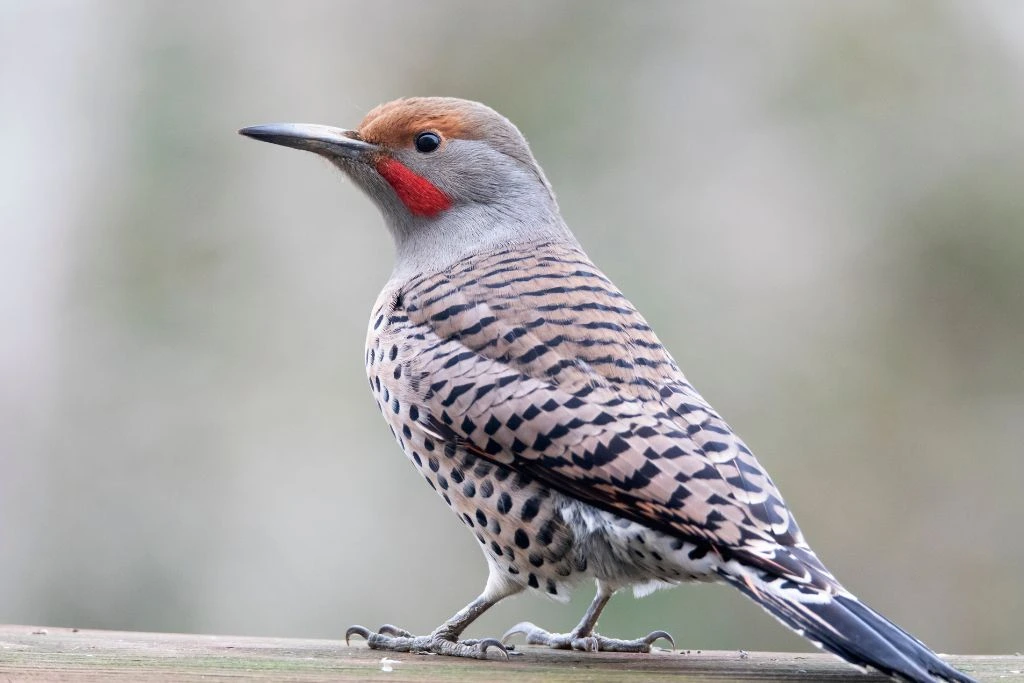
- Kingdom: Animalia
- Phylum: Chordata
- Class: Aves
- Order: Piciformes
- Genus: Colaptes
- Species: Colaptes auratus
Northern Flickers (Colaptes auratus) measures approximately 12 inches long and sport a stunning combination of colors and patterns in their feathers. Their back is predominantly beige to grayish-brown, intricately patterned with black, crescent-shaped spots.
Like other woodpeckers, Northern Flickers are cavity nesters. They excavate their nest cavities in dead or decaying trees, with both sexes participating. The female lays between 5 to 8 white, oval-shaped eggs that both parents incubate for approximately 12 to 14 days.
The Northern Flicker’s winter migration patterns are highly variable, with some individuals remaining year-round in their breeding territory while others migrate south to warmer climates.
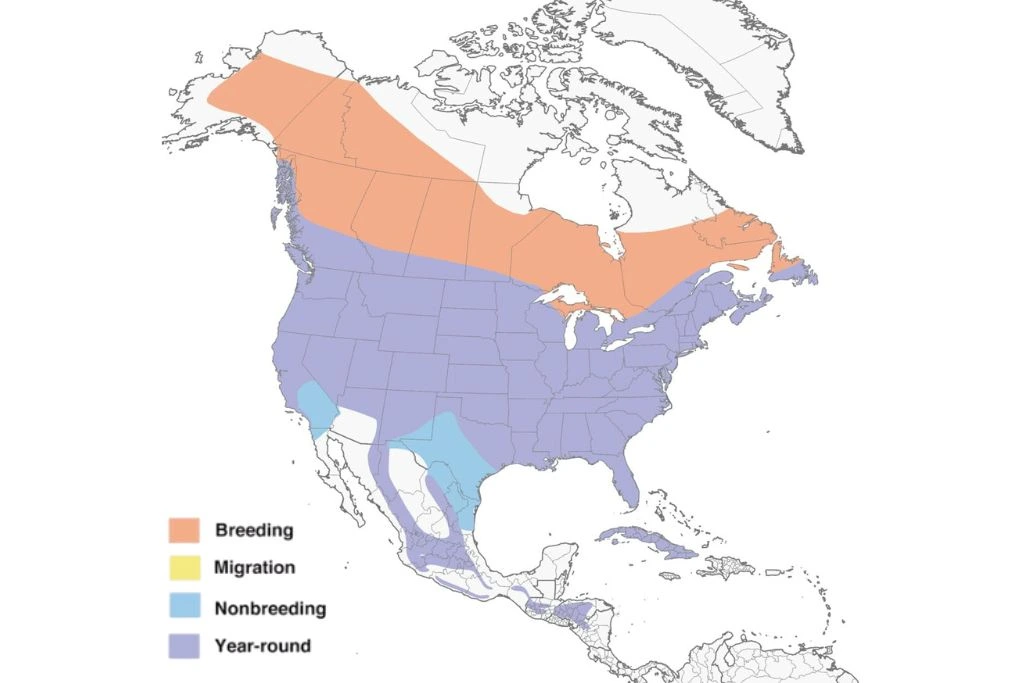
10. Golden Fronted Woodpecker
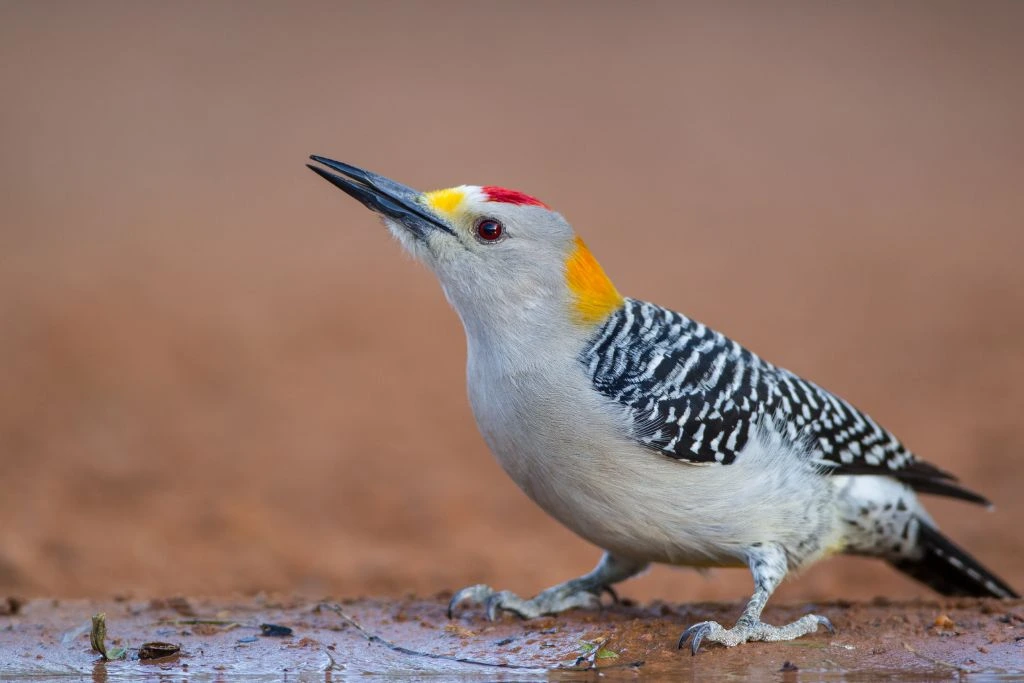
- Kingdom: Animalia
- Phylum: Chordata
- Class: Aves
- Order: Piciformes
- Genus: Melanerpes
- Species: Melanerpes aurifrons
The Golden-Fronted Woodpecker (Melanerpes aurifrons) is a medium-sized bird. It has a unique combination of vibrant colors, including a bright yellow forehead (a distinctive golden front), a red cap on the head, a white patch around the eyes, and a black-and-white striped pattern on its wings and back.
This species feeds mainly on insects, larvae, fruits, and nuts, using their specialized bills to tap on trunks to locate their prey within the crevices of the tree bark.
Did you know that Golden Fronted Woodpeckers have an incredible capacity to peck with a force of up to 1,200 gs without brain damage? This is partly due to their remarkable skull structure and natural shock absorption ability.
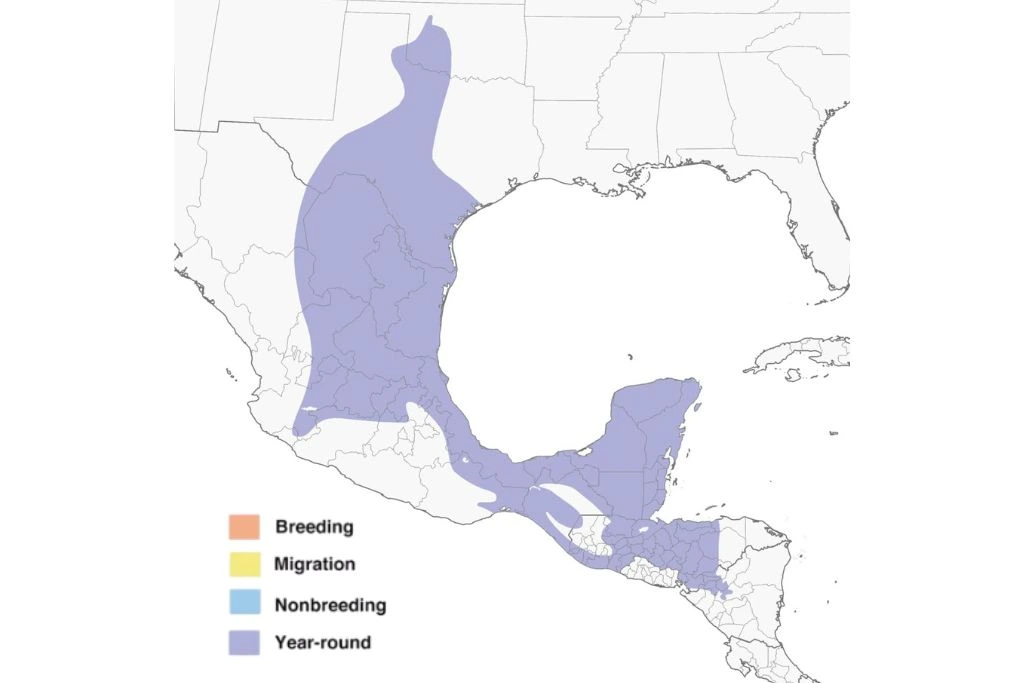
11. Ivory-Billed Woodpecker
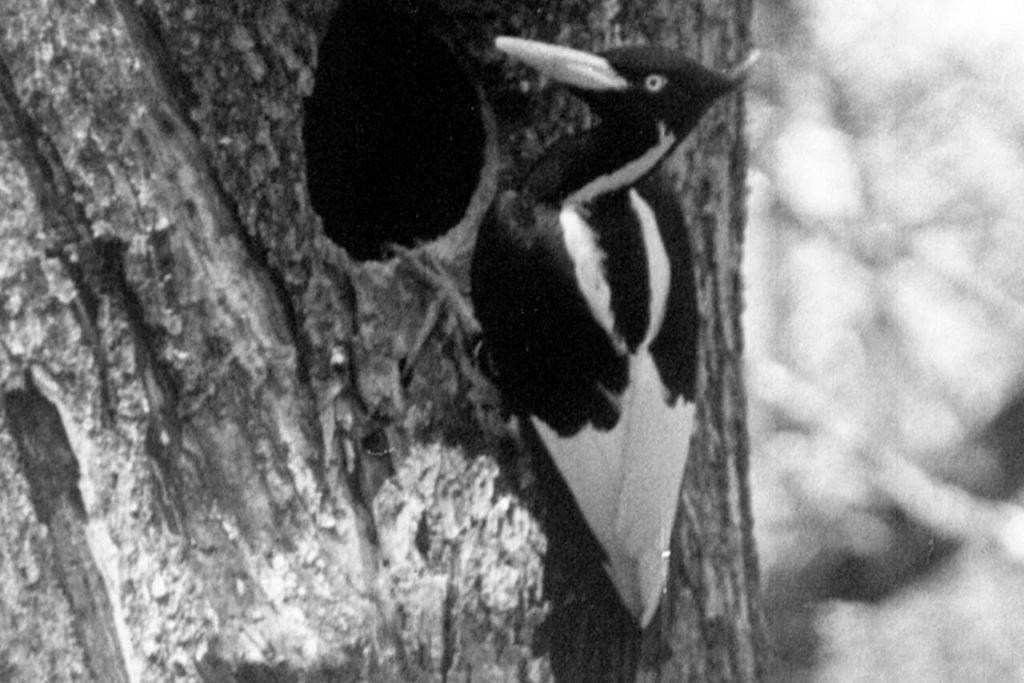
- Kingdom: Animalia
- Phylum: Chordata
- Class: Aves
- Order: Piciformes
- Genus: Campephilus
- Species: Campephilus principalis
The Ivory-Billed Woodpecker (Campephilus principalis) is a very interesting and rare bird with unique characteristics and amazing adaptations. This Woodpecker is hard to find and is in danger of becoming extinct, if not already because people have destroyed their homes and the places where they live.
The Ivory-Billed Woodpecker is a fantastic bird with an imposing size! It is about 20 inches long, and its wings can stretch over 30 inches wide. These woodpeckers are usually found in old forests, where they climb up the dead or dying trees to find their favorite food – beetle larvae that bore into wood.
When it is time for the Ivory-Billed Woodpecker to have babies, the male and female work together to make a home, finding a tree that is dying or dead and making a hole high up in the tree trunk.
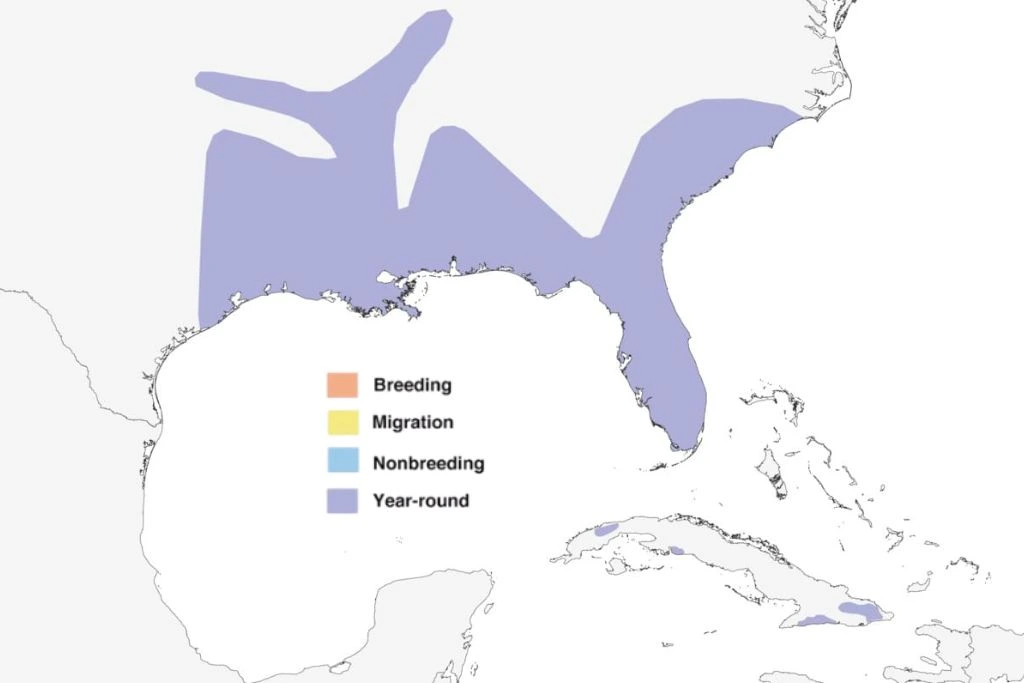
Conclusion
Woodpeckers are remarkable birds that represent a wide range of sizes, colors, and adaptations. They serve an essential role in their ecosystems by foraging for insects, dispersing seeds, excavating cavities for other species to inhabit, and controlling pests.
Despite the challenges they face from human-induced habitat destruction and climate change, these unique birds continue to provide us with inspiration and fascination.
This guide briefly introduces the fascinating world of woodpeckers, including their remarkable actions, adjustments, and environments!
FAQS
What Is the Most Common Woodpecker in Florida?
The most common woodpecker in Florida is the Red-bellied Woodpecker.
Is It Legal To Shoot Woodpeckers in Florida?
No. Woodpeckers are protected in Florida under state and federal laws, making killing or harming them illegally without a proper permit.
Are Woodpeckers the Only Birds That Peck Trees?
No! Several bird species, including nuthatches, sapsuckers, starlings, and specific parakeets, have the same behaviors as woodpeckers when eating.
What Is a Black Woodpecker With a Red Head in Florida?
It is called Red-headed Woodpecker (Melanerpes erythrocephalus). It also has a recognizable redhead, neck, and throat.
Are Woodpeckers Good To Have Around?
Yes! Woodpeckers are helpful as they control pests, disperse seeds, and promote healthy vegetation growth by aerating soil through their nesting cavities.
What Attracts Woodpeckers?
Woodpeckers are attracted to various foods, including nuts, fruits, insects, and suet. They also prefer areas with dead or dying trees, providing them with food and nesting cavities.

